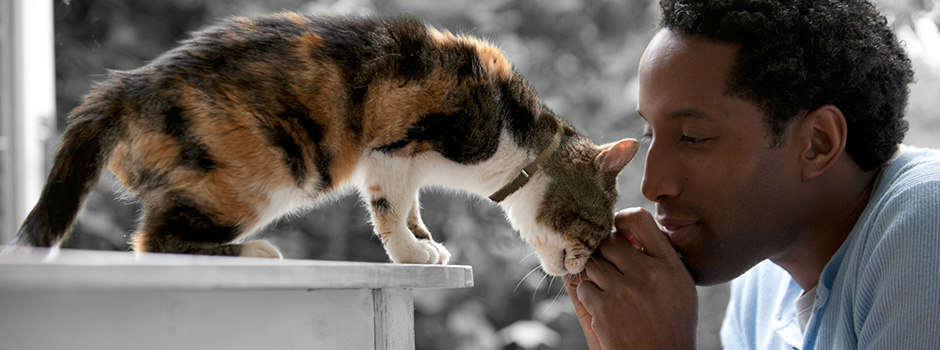Actually like canines and humans, cats get their own variant of pancreatitis, known as feline pancreatitis. While basically the same disease, an inflammation of the pancreas, feline pancreatitis does not necessarily show itself via the same manifestations that are available in different animals. For instance, one of the indications of pancreatitis in the two canines and humans is nausea and vomiting. Yet, it is rare that a cat with feline pancreatitis has this manifestation. Cats also do not necessarily have diarrhea, another normal indication. The indications that cats do have, like lethargy and no appetite, can apply to many different diseases in addition to feline pancreatitis. A few cats may have abdominal pain or a high temperature yet others do not. The pancreas is an abdominal organ which produces chemicals, one of which is insulin, which is expected to regulate blood sugar levels.

It also creates catalysts which are utilized in digesting food. Pancreatitis, when extreme, can damage other internal organs, and even cause death if not treated soon enough. Feline pancreatitis should be diagnosed appropriately before any treatment can begin. This means if your cat has indications of pancreatitis, he should be taken to a veterinarian immediately. They will perform blood and urine tests, do a physical examination, and if pancreatitis is as yet suspected, play out a pancreatic lipase test. Chances are, the sample should be requested this test, as not very many vets have the capacity to do it without anyone’s help. The causes of feline pancreatitis can be any number of things, like medications, insecticides, infections, trauma, stun, abdominal medical procedure, other inside diseases, or maybe even hereditary qualities. Researchers have recognized patterns that indicate that Siamese and homegrown short hair cats build up this disease more frequently than different varieties.
On the off chance that your cat is diagnosed with feline pancreatitis, the principal goals will be to hydrate, quit vomiting in the event that it is available, control pain and give supplements. In many cases, food and water will be not given for a 24 hour time frame and then they will start out with a small amount of food, increasing it all the more each day as the cat continues to improve. In the case of an abscess, medical procedure may be required. When a cat has had feline pancreatitis, the chances are a lot greater that it may turn into a chronic condition. Fortunately there are therapies to forestall repeat and, despite the fact that it tends to be a perilous condition, in many cases treatment of feline pan is fruitful. Pancreatitis in cats symptoms can be treated far more effectively when their eating routine is changed to a quality, natural one. As a result, you are removing the cause and increasing their supplements. On schedule, a total fix can result. However, additional support may be required. This can stop by substituting veterinary medicine for homeopathic medicine, which can work rapidly.

